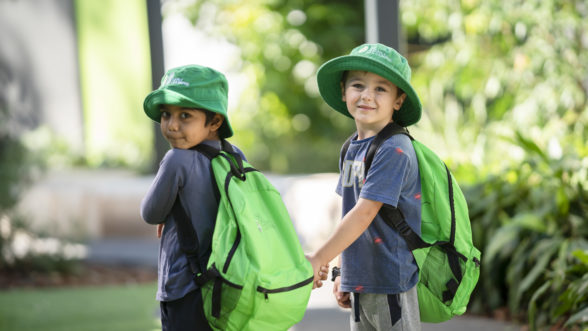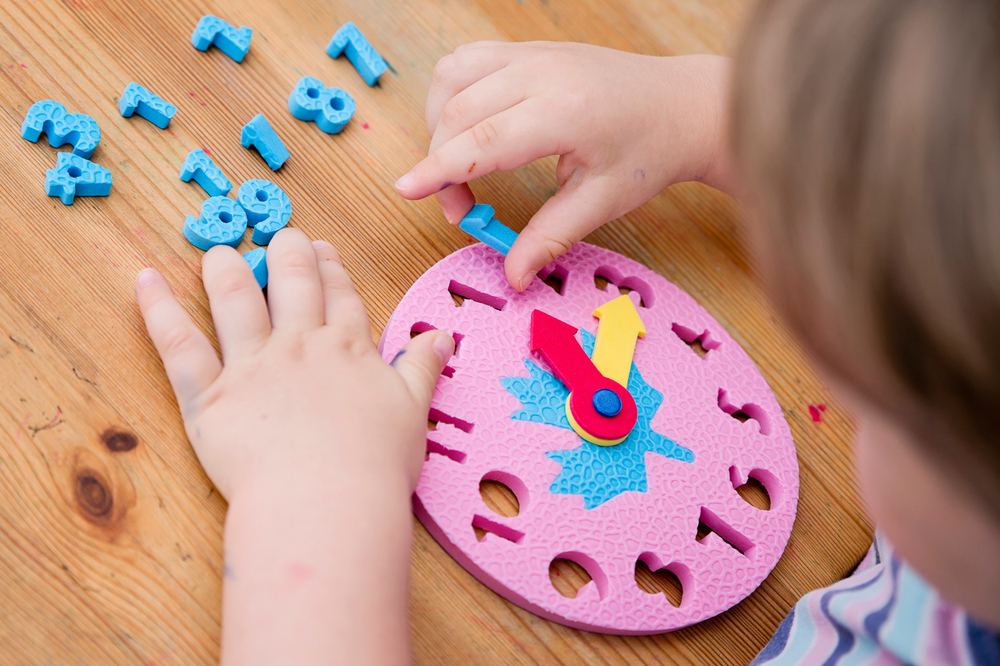
Education, Uncategorised, Useful tools
Uncategorised
07 April, 2022

For children, telling the time is a huge step on their journey to independence. Knowing how to read a clock can help them establish routines, work on their time management and feel more in tune with their surroundings – they can work out when you will be close to picking them up from their friend’s house, or what time they need to be ready for school.
Generally, children are around seven or eight when telling the time activities begin at school. At home, teaching kids to tell time usually starts with reading clocks on the half hour – both digitally and for analogue clocks – but concepts like days, weeks and months are also focused on.
Before your child can master the skill of telling the time, there are a few key concepts they must understand. This doesn’t just include days, weeks and months as we mentioned previously, but also an understanding of the passage of time, how to count and read numbers up to 60, counting to 60 by fives and how time is divided into minutes, hours and days.
To teach these skills, you can do exercises like:
Having an analogue clock on hand is important for telling the time for kids – not only can you use it to demonstrate the different parts of a clock, but also have them move the hands to show you different times.
It is important to take time to teach your child the different parts on a clock face. Show them the two different hands and explain that one represents hours and the other minutes (to help them tell them apart, you could explain that since ‘hours’ is the shorter word, it has the shorter hand).
Then, show them the numbers or lines on the clock and say that each represents an hour. Be sure to explain why there may be smaller lines that go up in five-minute increments, and point out if there is a hand counting seconds, too.
To begin to teach them how to read a clock, start by having them use the hour hand (this is easier of the two hands to grasp). Ask your child what time it is with questions like ‘I can see the hour hand is pointing to _, so what time of day is it?’. As they begin to pick it up, ask them to move the hands and show you certain times on the clock.
When they have a good grasp on the hour hand, introduce them to the minute hand. It is helpful to begin with 30-minute intervals before transitioning to five-minute intervals. Point out times like ’11:30’ and ‘3:30’ before jumping into more specific times to ease your child into the concept of the minute hand – once they have mastered that, you can begin asking them to read the clock at times like ‘4:45’.
Above all, be patient. The concept that each small line represents five-minute increments can be frustrating for children and take longer for them to grasp. Encouragement and regular practice are key.
Now that you know how to teach your child to tell the time, it’s a good idea to have a few fun activities to try with them. Three of our favourites include…
Click here for more educational tips, activities and advice!